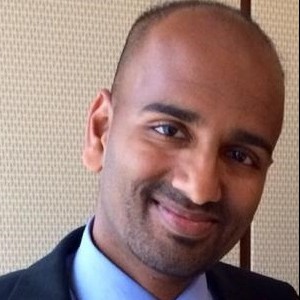Hi,
I keep getting feedback that I am not structured enough, both in my initial framework and also during the case. I guess I am still not completely sure what this means, as I feel like my frameworks are pretty good? What are some tangible, practice ways I can work towards improving this weakness of structuring?
Thank you !













